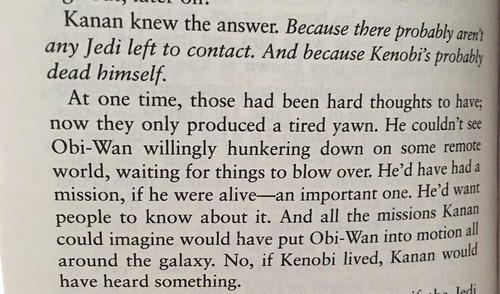In the study by Lijnen et al., purified, plasma-derived human HRG was iodinated using the oxidation-dependent technique of McFarlane [31], which is known to be substantially harsher than the Iodogene-mediated labeling utilized right here, probably leading to protein denaturation. Of notice, both methods end result in modification of tyrosine and histidine residues. The histidine residues in the His/Professional area are essential for HRGs bioactivity, e.g. by binding Zn2+ [4]. Abnormal labeling would be harmful to the folding and consequently perform of HRG. We for that reason took treatment to use delicate circumstances resulting in much less than one iodine atom for each HRG molecule, allowing the labeled HRG to maintain bioactivity as demonstrated by its capacity to block chemotaxis of cells. We obtained the same outcomes using purified, recombinant mouse and human HRG, and the outcomes were in comparison to those for albumin, examined in parallel. The problems in the existing research were as a result optimized to draw conclusions relevant for the in vivo distribution and turnover of HRG. Rabbit HRG cDNA was initially cloned by Borza and colleagues, who explained the multidomain, disulfide-bonded molecular business of HRG [8]. [4,5,seven]. HRG bioactivity has been proposed by ourselves [17], and other individuals [eighteen], to entail HRG degradation. Dependent on HRG deletion mutants, we formerly hypothesized that HRG wants to be fragmented to induce a biological impact, using endothelial chemotaxis as a surrogate assay [seventeen]. Furthermore, Poon et al. used an in vitro program to demonstrate that plasmin-mediated cleavage of HRG may possibly give a feedback mechanism to regulate the consequences of HRG on the plasminogen/plasmin technique [18]. We analyzed CRC tissue for the presence of discrete HRG fragments using very delicate isoelectric concentrating, which detected the identical major complete length HRG22245750 species in benign and CRC tissues, fairly than fragments (Determine S6). Although it is challenging to exclude the era of bioactive HRG-derived fragments, our information point to that degradation of HRG is effective and  benefits in TCA-soluble peptides (i.e. ,5 kDa see Figure 2C, 2G), which had been produced to an improved extent in tumor-bearing mice. This MEDChem Express ML241 (hydrochloride) evidently comprehensive degradation might occur as a consequence e.g. of uptake and lysosomal degradation in mononuclear cells or by extracellular proteolysis executed by plasmin or by matrix metalloproteinases, made to an elevated extent in the tumor microenvironment.
benefits in TCA-soluble peptides (i.e. ,5 kDa see Figure 2C, 2G), which had been produced to an improved extent in tumor-bearing mice. This MEDChem Express ML241 (hydrochloride) evidently comprehensive degradation might occur as a consequence e.g. of uptake and lysosomal degradation in mononuclear cells or by extracellular proteolysis executed by plasmin or by matrix metalloproteinases, made to an elevated extent in the tumor microenvironment.
A variety of novel info offered below assist a design in which mononuclear phagocytes specific specific binding web sites for HRG and are essential for HRGs distribution and biology: 1) HRG immunostaining was connected with inflammatory cells in normal and colorectal most cancers tissue, 2) microautoradiography of tissues from T241-bearing mice injected with radiolabeled HRG showed colocalization of HRG with CD45+ cells, three) radiolabeled HRG certain to certain, non-heparan sulfate dependent binding websites on a human mononuclear mobile line, and four) suppression of CSF1dependent mononuclear phagocytes resulted in reduced uptake of radiolabeled HRG and accumulation of endogenous HRG in the blood.
